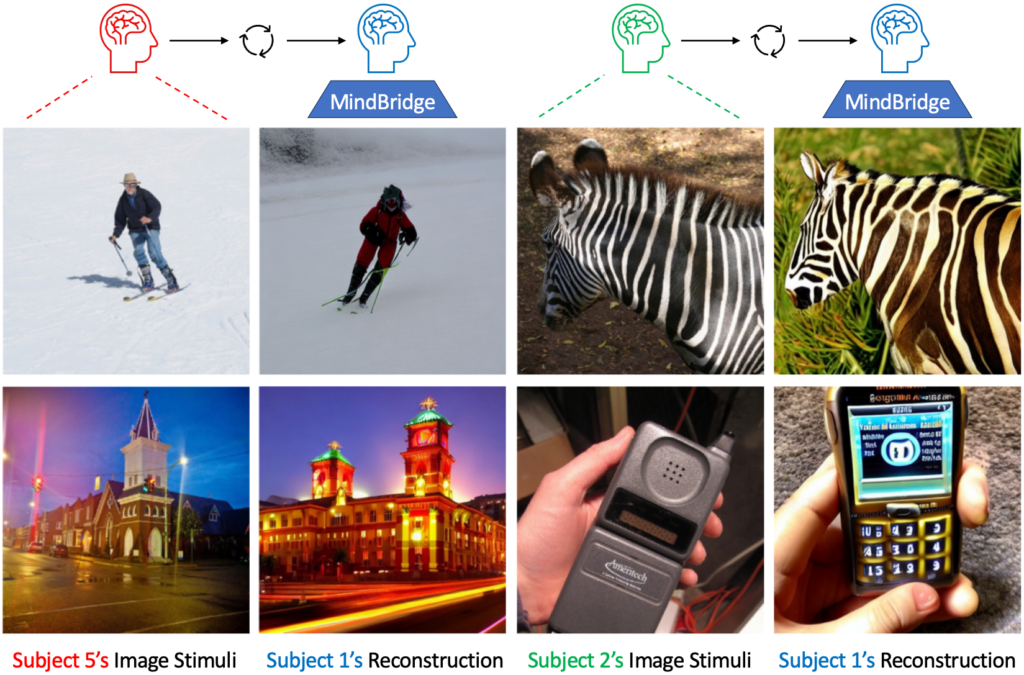Augmented Age
6 Major Sub-Fields of Artificial Intelligence
https://rancholabs.medium.com/6-major-sub-fields-of-artificial-intelligence-77f6a5b28109

Cognitive Computing
Cognitive computing refers to technology platforms influenced by cognitive science to simulate the human thought process and encompass artificial intelligence (AI). It involves the use of reasoning, language processing, machine learning, and human-like capabilities to solve problems and analyze data. Essentially, cognitive computing aims to mimic human-like cognition and natural learning, as opposed to relying solely on programmed intelligence. These systems are designed to handle complex situations where the answers might be ambiguous, utilizing computerized models to simulate the human thought process . Cognitive computing platforms are built upon artificial intelligence and signal processing disciplines.
Computer Vision
Computer vision is a field within artificial intelligence (AI) and computer science focused on enabling computers to interpret and understand visual information from images and videos. It involves tasks such as acquiring, processing, analyzing, and understanding digital images. At its core, computer vision allows computers to perceive and analyze visual content similarly to humans, enabling them to identify objects, people, patterns, and movements. This technology utilizes algorithms and models to extract meaningful information from visual data, enabling applications such as image recognition, object detection, facial recognition, and motion analysis. Essentially, computer vision enables machines to interpret and analyze the visual world, simulating human vision.
Machine Learning
Machine learning (ML) is a subfield of artificial intelligence (AI) that focuses on developing algorithms and models capable of learning from data. These algorithms learn patterns and relationships within the data to make predictions or decisions without being explicitly programmed. ML algorithms can be categorized into supervised, unsupervised, semi-supervised, and reinforcement learning, each suited for different types of tasks and data. Supervised learning involves training models on labeled data, while unsupervised learning deals with unlabeled data, and reinforcement learning uses a reward system to learn optimal actions. ML techniques are applied across various domains, including image recognition, natural language processing, recommendation systems, and predictive analytics. Ultimately, machine learning enables computers to autonomously improve their performance over time by learning from experience and data.
Neural networks
Neural networks are machine learning models inspired by the structure and function of the human brain. They consist of interconnected units called neurons, which process and transmit information through weighted connections. Neural networks can be either biological or artificial, with the latter being used extensively in various applications. These networks learn from data by adjusting the weights of connections between neurons during training, allowing them to recognize patterns, make predictions, and solve complex tasks. Neural networks are a fundamental component of deep learning, a subset of machine learning, and typically consist of multiple layers of interconnected neurons, enabling them to learn hierarchical representations of data. They have diverse applications, including image and speech recognition, natural language processing, autonomous vehicles, and medical diagnosis. Overall, neural networks play a crucial role in advancing AI technology by enabling computers to perform tasks that were once considered exclusively human-like.
Deep Learning
Deep learning is a subset of machine learning that involves training artificial neural networks with multiple layers to learn representations of data. These neural networks, often referred to as deep neural networks, are inspired by the structure and function of the human brain. Deep learning algorithms learn hierarchical representations of data, extracting intricate features at each layer to make complex decisions or predictions. By leveraging large amounts of labeled data and computational power, deep learning models can autonomously learn to recognize patterns, classify objects, understand natural language, and generate outputs with high accuracy. Deep learning has revolutionized various fields, including computer vision, speech recognition, natural language processing, and autonomous driving, leading to significant advancements in artificial intelligence. Overall, deep learning enables machines to perform tasks with human-like proficiency by learning from vast amounts of data and iteratively improving their performance over time.
Natural Language Processing
Natural Language Processing (NLP) is an interdisciplinary field of computer science and artificial intelligence that focuses on enabling computers to understand, interpret, and generate human language. It involves the development of algorithms and models that can process and analyze natural language data, including text and speech. NLP technologies enable computers to perform various tasks such as sentiment analysis, named entity recognition, language translation, chatbots, and text summarization. By leveraging machine learning and deep learning techniques, NLP systems can learn from large datasets to comprehend and generate human-like responses.
AI for Premiere PRO
MindBridge
https://littlepure2333.github.io/MindBridge

CHAT GPT
GPT4 is a Reasoning Engine
https://every.to/chain-of-thought/gpt-4-is-a-reasoning-engine
Humanness in the age of AI
https://worldcoin.org/blog/engineering/humanness-in-the-age-of-ai
What is AI (according to IBM)
https://www.ibm.com/cloud/learn/artificial-intelligence
https://www.ibm.com/cloud/learn/machine-learning
https://www.youtube.com/c/IBMWatsonSolutions/videos
Google DEEPMIND
Cognitive Computing
Film and Image enhancement
Adobe Machine Learning: https://helpx.adobe.com/manage-account/using/machine-learning-faq.html
Photoshop Neural Filters: https://blog.adobe.com/en/publish/2020/10/20/photoshop-the-worlds-most-advanced-ai-application-for-creatives.html#gs.cpra3o
AI Artists: https://aiartists.org/
Refik Anadol: https://refikanadol.com/
Deep FAKES
The Internet of Things
https://www.ibm.com/blogs/internet-of-things/what-is-the-iot/
MIT Senseable City Lab: https://www.youtube.com/user/senseablecitylab/videos